In May 2018 a project team of nine UCL specialists led by Professor Dominic Perring travelled to China to join colleagues in China in a pilot-study and training programme.
Work started in Hangzhou, the capital city of Zhejiang Province, where Zhejiang University (ZJU) is located. The ZJU Institute of Cultural Heritage is one of the top institutions in China specialising in heritage digitalisation and conservation, and our lead partner in the Shanxi wall painting digital documentation project.
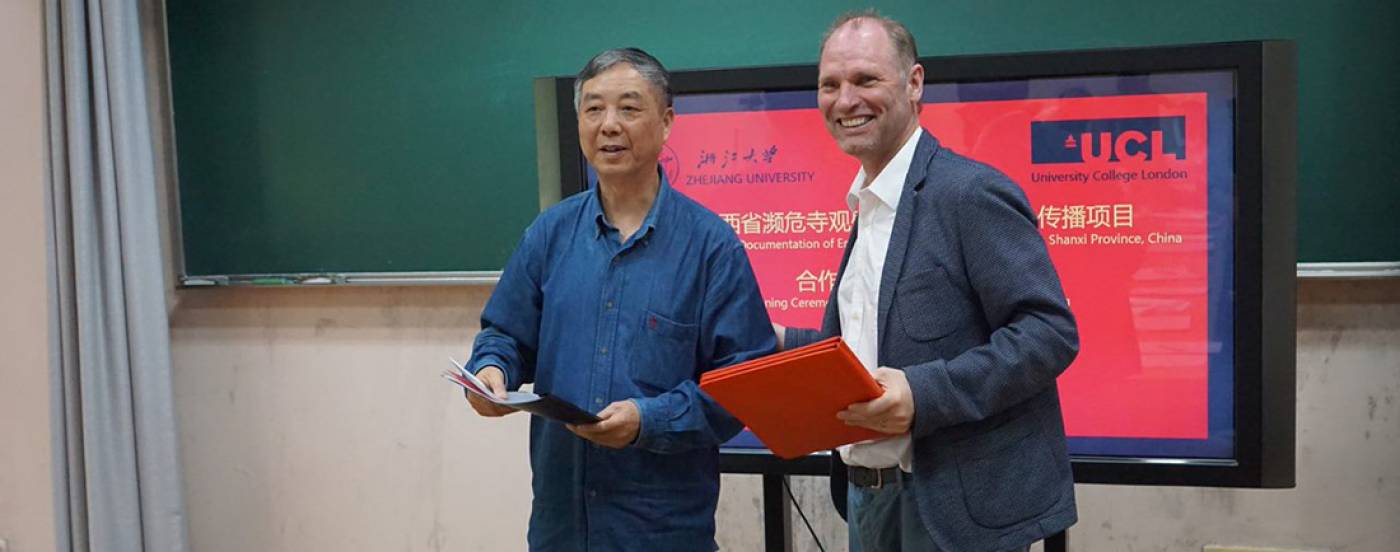
The main purpose of our visit was to share ideas and approaches to the digital documentation of the temple art, and emerge with a shared and practical fieldwork methodology to guide the work ahead. After the formal signing of research agreements, three days of lively round table meetings explored our very different approaches to meeting shared goals. Ours is an ambitious project, with many practical problems to solve, and there was much to discuss.
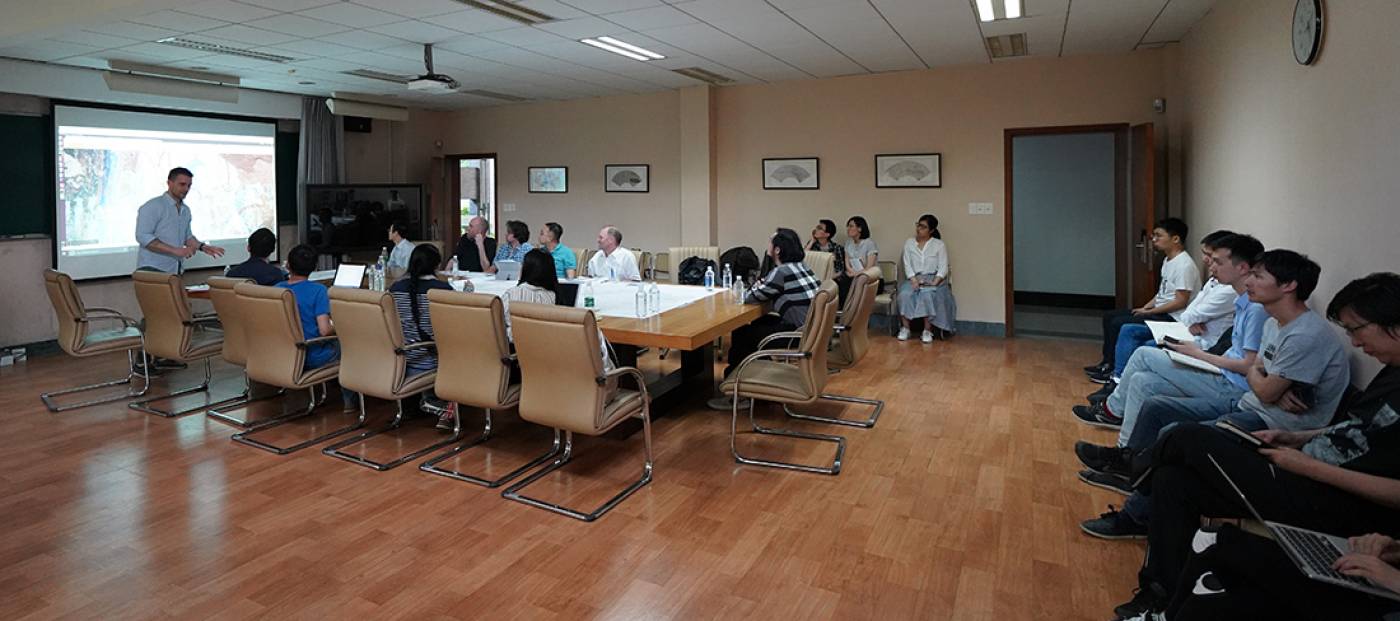
ZJU presented their facilities and showcased the pioneering research being undertaken in their Research Centre of Digitised Cultural Relics. ZJU is also the home to the National Key Scientific Research Base for Digital Conservation of Cave Temples, . The laboratories and reconstructions housed by the Research Base provided an impressive venue for experimental work, allowing us to agree on a joint methodology for the project.
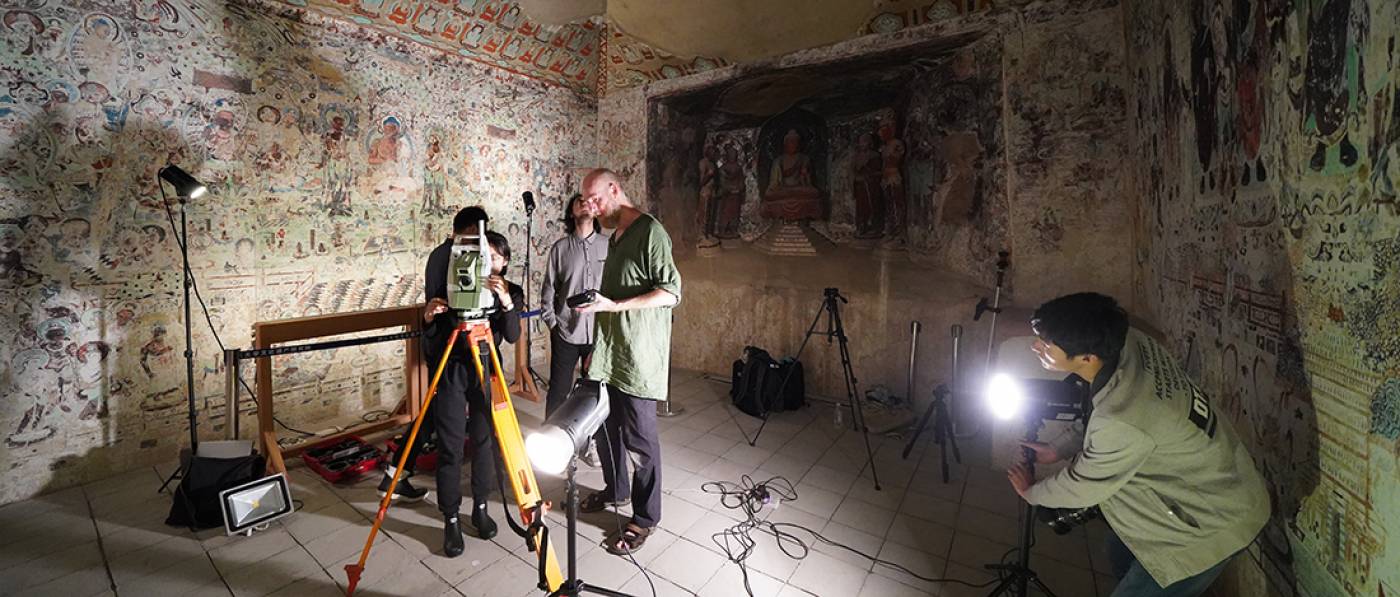
Our talks revolved around the wall paintings and the best ways of recording and presenting them to wider group of scholars and the public. Although we were led by the needs and opportunities of Digital Documentation in China, we wanted to see where we could learn from UCL's wider involvement in international and UK projects. Discussions ranged from our use of Risk Assessment and Method statements, to the use of Robotic Total Station, GIS and CAD packages in Historic Building Recording. Our main approach builds on photogrammetric recording, involving the basics of Structure from Motion.
The teams also discussed how to approach the recording of wall paintings and architectural features and solving problems in using photogrammetric recording in restricted environments. Metadata, data standards, formats and storage and data audit procedures, as well as public outreach and condition assessment strategies, were also part of the wider conversations between the partner organisations.
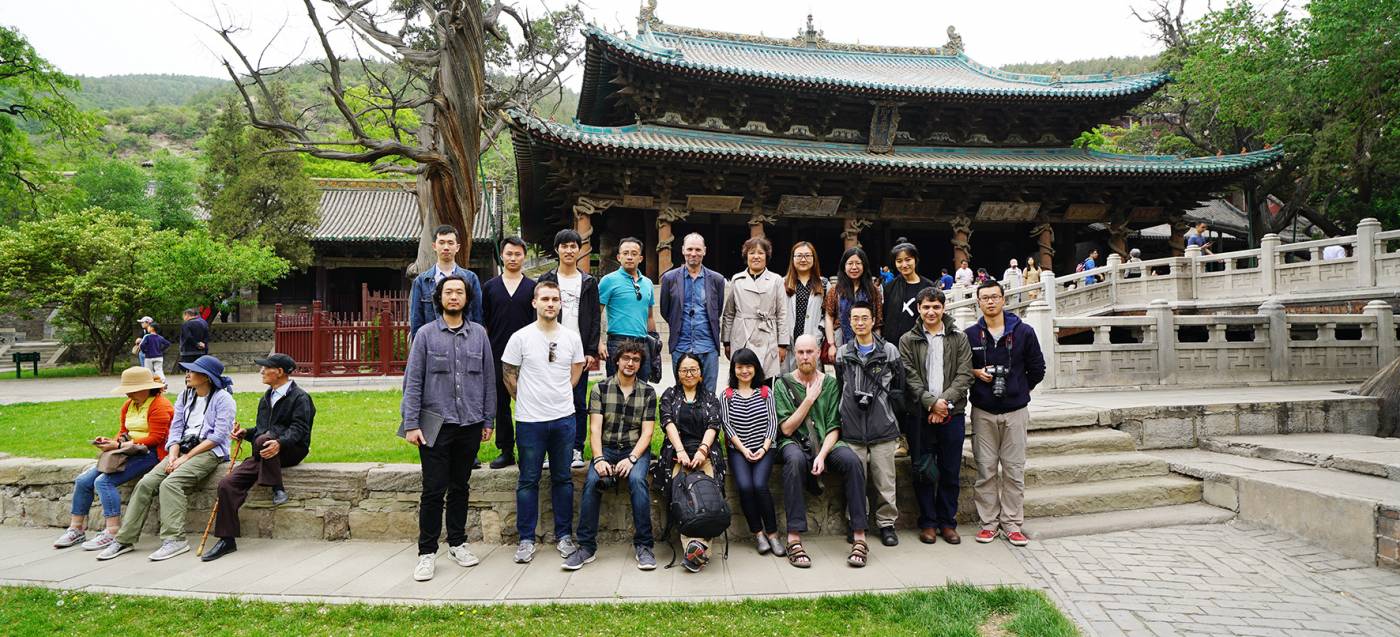
The team then travelled to Taiyuan to initiate fieldwork. As an extraordinary example of the delicacy of Shanxi's temple architecture, the UCL team was taken to Jinci Temple complex, which helped those UCL specialists new to Chinese archaeology to understand Shanxi's ancient architecture, belief culture and its interpretation. A stunning visit.
As guests of the Shanxi Provincial Bureau of Cultural Heritage (SBCH) and the Shanxi Institute of Ancient Architecture Conservation (SIAAC), the appointed local partner by SBCH, the teams travelled to Guandi Temple in Baode County to undertake the pilot study. Here we were able to participate in the full recording of an undocumented site, in advance of repair works. This allowed us to experiment and refine the agreed methodologies, providing a model for our future collaborative efforts.
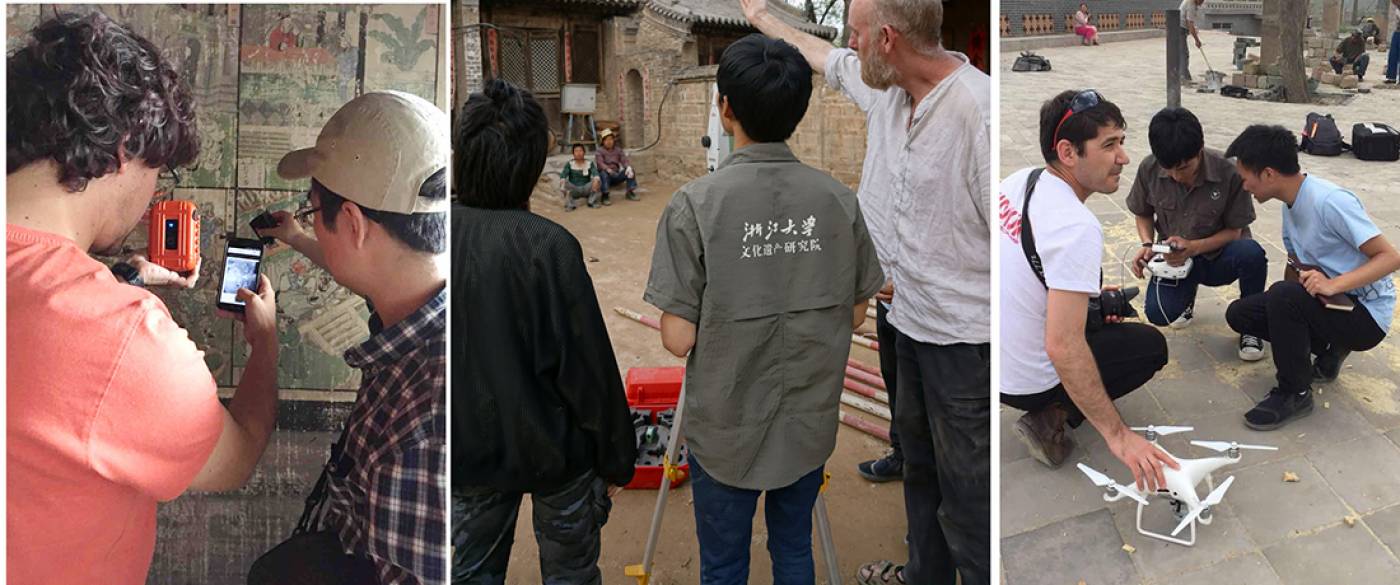
The team then travelled Foguang Temple in Wutai County. This presented a somewhat different example of complex architecture and temple art, giving the team the opportunity to discuss recording approaches in a different context. .
In the final days of the trip, the UCL team visited the Northwest University China, in Xi'an and organised training in digital documentation for students who will also be involved in future recording fieldwork alongside their ZJU counterparts
As a consequence of this trip we now have an agreed and
working project methodology, and local recording teams ready to take the work
forward.

 Close
Close

